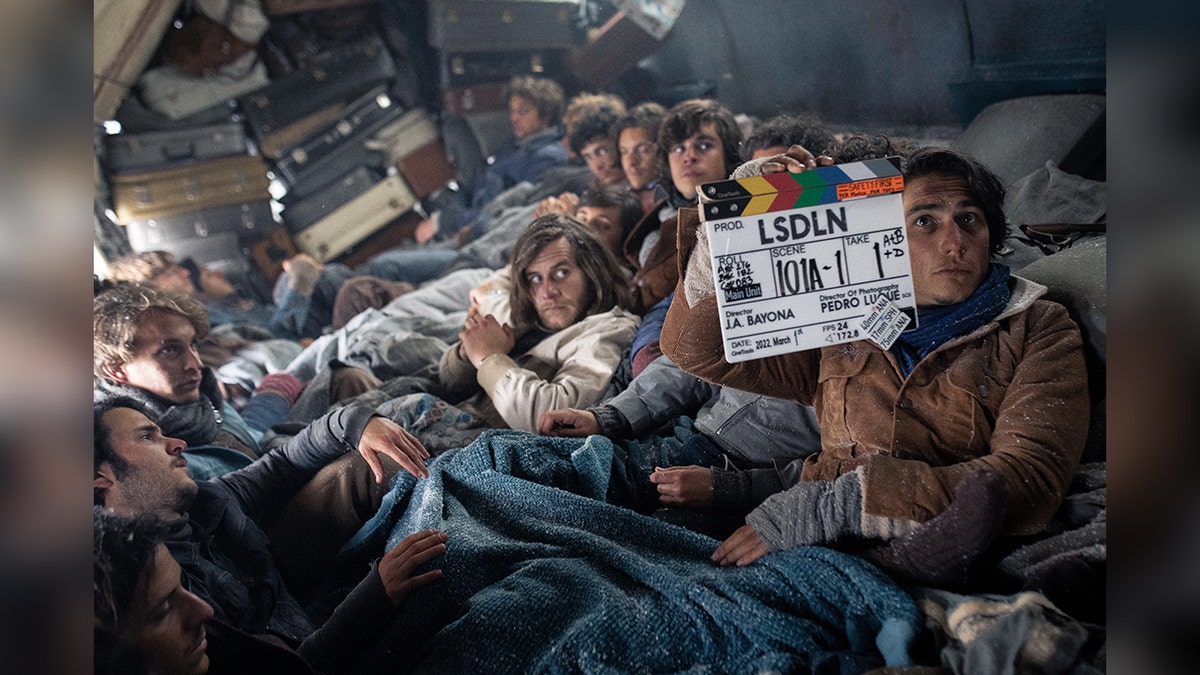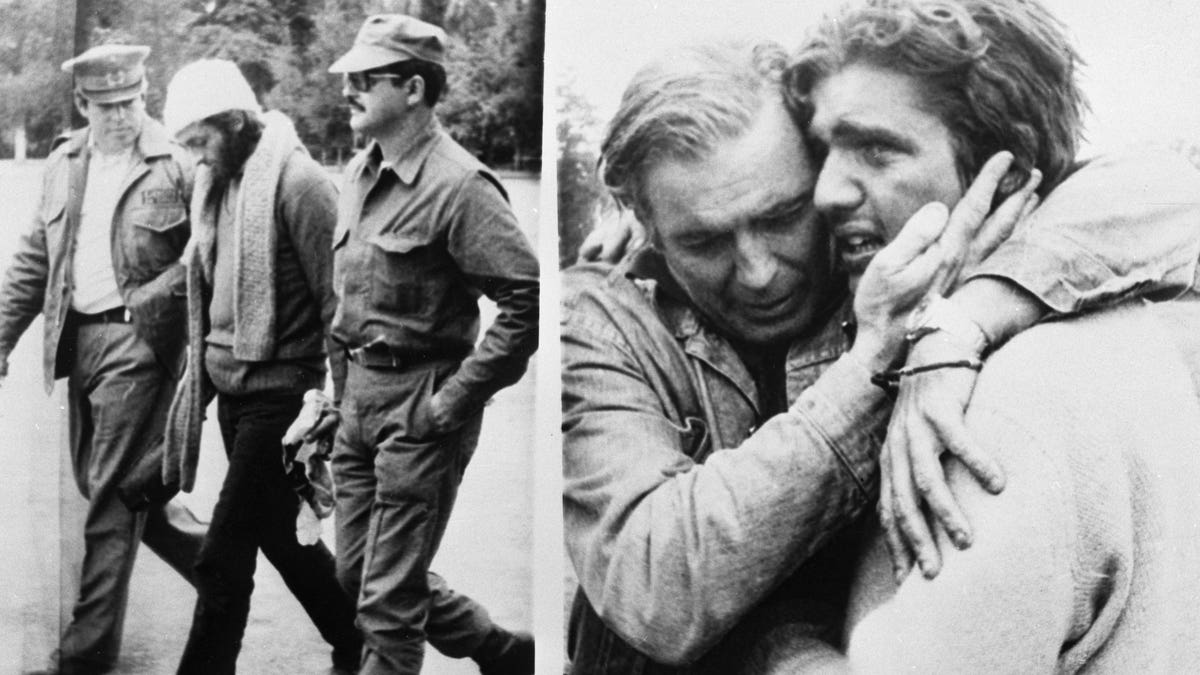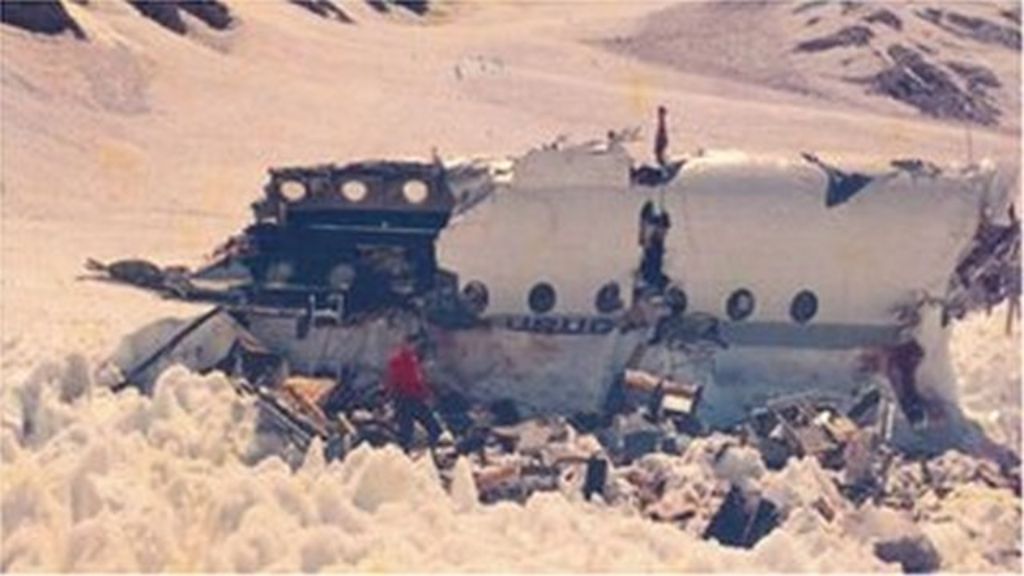Let’s dive straight into one of the most haunting yet fascinating stories in modern history—the 1972 Andes Flight Disaster and cannibalism. Imagine being stranded in the freezing Andes mountains with limited resources, dwindling hope, and the harrowing decision to survive at any cost. This isn’t fiction; it’s a real-life tale of survival, resilience, and the human spirit pushed to its limits. This tragedy shook the world and continues to be a subject of intrigue and debate. So, buckle up as we uncover the chilling details behind this infamous event.
The 1972 Andes Flight Disaster remains one of the most talked-about incidents in aviation history. It’s not just about a plane crash; it’s about the choices people make when faced with impossible odds. As we peel back the layers of this story, you’ll discover the unimaginable decisions that were made to ensure survival. This is more than just a tale of tragedy—it’s a testament to the lengths humans will go to when survival is the only option.
From the moment the plane crashed into the Andes mountains to the final rescue, every moment of this ordeal was fraught with challenges. The survivors faced extreme weather, starvation, and injury, all while grappling with the moral dilemmas of survival cannibalism. This is a story that will leave you in awe, not just of the survivors’ strength but also of the complex ethical questions it raises. Let’s explore the untold truths of this harrowing event.
Read also:The Ultimate Guide To Blakes Lotaburger Unveil The Lota Burgers Delectable Secrets
Daftar Isi
- Background of the 1972 Andes Flight Disaster
- Details of the Plane Crash
- The Survivors: Who Made It Through
- Understanding the Role of Cannibalism
- Ethical Dilemmas Surrounding Cannibalism
- The Rescue Operation
- The Lasting Legacy of the Disaster
- Psychological Impact on Survivors
- Media Portrayal and Public Perception
- Lessons Learned from the Tragedy
- Conclusion: Reflecting on the 1972 Andes Flight Disaster
Background of the 1972 Andes Flight Disaster
On October 13, 1972, a chartered flight carrying members of the Old Christians Club rugby team from Uruguay crashed in the Andes mountains. This wasn’t just any flight; it carried 45 passengers, most of whom were young rugby players, friends, and family members. The Uruguayan Air Force plane was en route from Montevideo, Uruguay, to Santiago, Chile, but due to poor weather conditions and navigational errors, it ended up in one of the most remote and treacherous locations on Earth.
The Andes mountain range, with its freezing temperatures and harsh winds, became an unforgiving tomb for many on board. Out of the 45 passengers, only 33 initially survived the crash. What followed was a harrowing 72-day ordeal that tested their endurance and humanity. The survivors faced starvation, frostbite, and the psychological toll of being stranded in such a desolate environment.
Details of the Plane Crash
So, what exactly happened that fateful day? The plane was flying at an altitude of around 4,200 meters when it encountered severe turbulence. The pilots, believing they were over the mountain range, began their descent too early, leading to a catastrophic collision with a mountain ridge. The fuselage split in two, and the tail section was completely destroyed, leaving only the front part of the plane intact.
Many passengers were killed instantly, while others succumbed to their injuries in the days following the crash. The survivors were left with minimal supplies—some candy, chocolate, and a few bottles of wine. These meager resources had to sustain them for weeks in the freezing cold. The fuselage provided some shelter, but it was far from adequate protection against the brutal Andes weather.
The Survivors: Who Made It Through
Out of the 33 initial survivors, only 16 eventually made it out alive. These individuals demonstrated extraordinary resilience and determination. They were a mix of rugby players, friends, and family members who formed a tight-knit group to endure the ordeal together. Some of the key figures include:
- Nando Parrado: One of the leaders of the group, he played a crucial role in organizing the survivors and later became instrumental in the rescue mission.
- Roberto Canessa: A medical student at the time, he provided vital medical care to the injured and was also part of the rescue expedition.
- Gustavo Zerbino: Another key figure who helped maintain morale and contributed to the survival efforts.
Understanding the Role of Cannibalism
Now, let’s talk about the elephant in the room—cannibalism. As the days turned into weeks, the survivors faced an unimaginable dilemma. Their food supplies dwindled rapidly, and the harsh conditions meant they had no means of replenishing them. Desperation set in, and the survivors were left with one grim option—to consume the bodies of their deceased companions.
Read also:Master The Art Of Korean Bulgogi Alfredo A Flavorful Fusion Dish
This decision was not made lightly. The survivors held a collective meeting and agreed that it was necessary for survival. They justified it by reasoning that the dead would want their loved ones to live, and the act was a form of respect for the departed. It’s a concept that challenges our moral compass, but in the context of their dire situation, it was a pragmatic choice.
Ethical Dilemmas Surrounding Cannibalism
The question of cannibalism in the 1972 Andes Flight Disaster raises profound ethical questions. Is survival at any cost morally justifiable? Many have debated this topic, with opinions divided between those who see it as a necessary evil and others who view it as a violation of human dignity.
From a philosophical standpoint, the survivors’ actions can be seen as a form of utilitarianism—prioritizing the greater good over individual moral principles. In this case, the greater good was the survival of the group. However, the psychological toll of such an act cannot be underestimated. Many survivors struggled with guilt and trauma long after the rescue.
The Rescue Operation
After 72 days of enduring unimaginable hardships, the survivors were finally rescued. The turning point came when Nando Parrado and Roberto Canessa decided to attempt a daring trek across the mountains in search of help. Armed with little more than determination and a pair of skis, they braved the treacherous terrain for ten days before encountering a Chilean shepherd who alerted authorities.
The rescue mission that followed was nothing short of miraculous. Helicopters were dispatched, and the remaining survivors were airlifted to safety. The world watched in awe as the story of their survival unfolded, and the survivors became overnight celebrities. However, the road to recovery was long and arduous, both physically and mentally.
The Lasting Legacy of the Disaster
The 1972 Andes Flight Disaster left an indelible mark on history. It’s a story that continues to captivate audiences worldwide, inspiring books, films, and documentaries. The survivors’ tale of resilience and survival has become a symbol of hope and determination. It also sparked important discussions about ethics, survival, and the human condition.
Moreover, the disaster led to significant changes in aviation safety regulations. The Uruguayan Air Force conducted a thorough investigation, which resulted in improved navigational systems and emergency protocols. The tragedy served as a wake-up call for the aviation industry, highlighting the importance of preparedness and contingency planning.
Psychological Impact on Survivors
The psychological impact of the disaster on the survivors cannot be overstated. Many struggled with post-traumatic stress disorder (PTSD), depression, and survivor’s guilt. Some found solace in therapy, while others turned to religion or personal reflection to process their experiences.
Interestingly, the survivors have largely maintained a positive outlook on life. Many have credited the experience with giving them a deeper appreciation for the fragility of life and the importance of human connection. This transformation is a testament to the resilience of the human spirit and the ability to find meaning in even the darkest moments.
Media Portrayal and Public Perception
The media coverage of the 1972 Andes Flight Disaster was extensive and often sensationalized. Headlines focused heavily on the cannibalism aspect, leading to widespread public fascination and sometimes judgment. However, as more details emerged, the public began to understand the complexities of the survivors’ situation and the difficult choices they had to make.
Several books and films have been produced about the disaster, including the famous movie "Alive" (1993), which brought the story to a global audience. These adaptations have helped educate people about the survivors’ experiences and the broader implications of the event.
Lessons Learned from the Tragedy
There are several key lessons we can take away from the 1972 Andes Flight Disaster. Firstly, it underscores the importance of preparation and contingency planning in high-risk situations. Secondly, it highlights the power of human resilience and the strength of community in the face of adversity. Finally, it raises important questions about ethics and morality, challenging us to consider what we would do in similar circumstances.
This tragedy also serves as a reminder of the fragility of life and the importance of cherishing every moment. It’s a call to action for all of us to live fully, embrace challenges, and support one another in times of need.
Conclusion: Reflecting on the 1972 Andes Flight Disaster
The 1972 Andes Flight Disaster is more than just a story of survival; it’s a profound exploration of the human condition. From the harrowing details of the crash to the ethical dilemmas surrounding cannibalism, this event continues to captivate and challenge us. The survivors’ resilience and determination in the face of unimaginable adversity serve as a powerful reminder of the strength of the human spirit.
As you reflect on this story, consider the lessons it offers and how they might apply to your own life. Whether it’s the importance of preparation, the value of community, or the need to confront difficult ethical questions, there’s much to learn from the experiences of those who lived through this harrowing ordeal.
Now, it’s your turn to engage with this story. Leave a comment below sharing your thoughts or questions. And if you found this article insightful, don’t forget to share it with others. Together, we can keep the memory of the 1972 Andes Flight Disaster alive and continue to learn from its powerful lessons.



